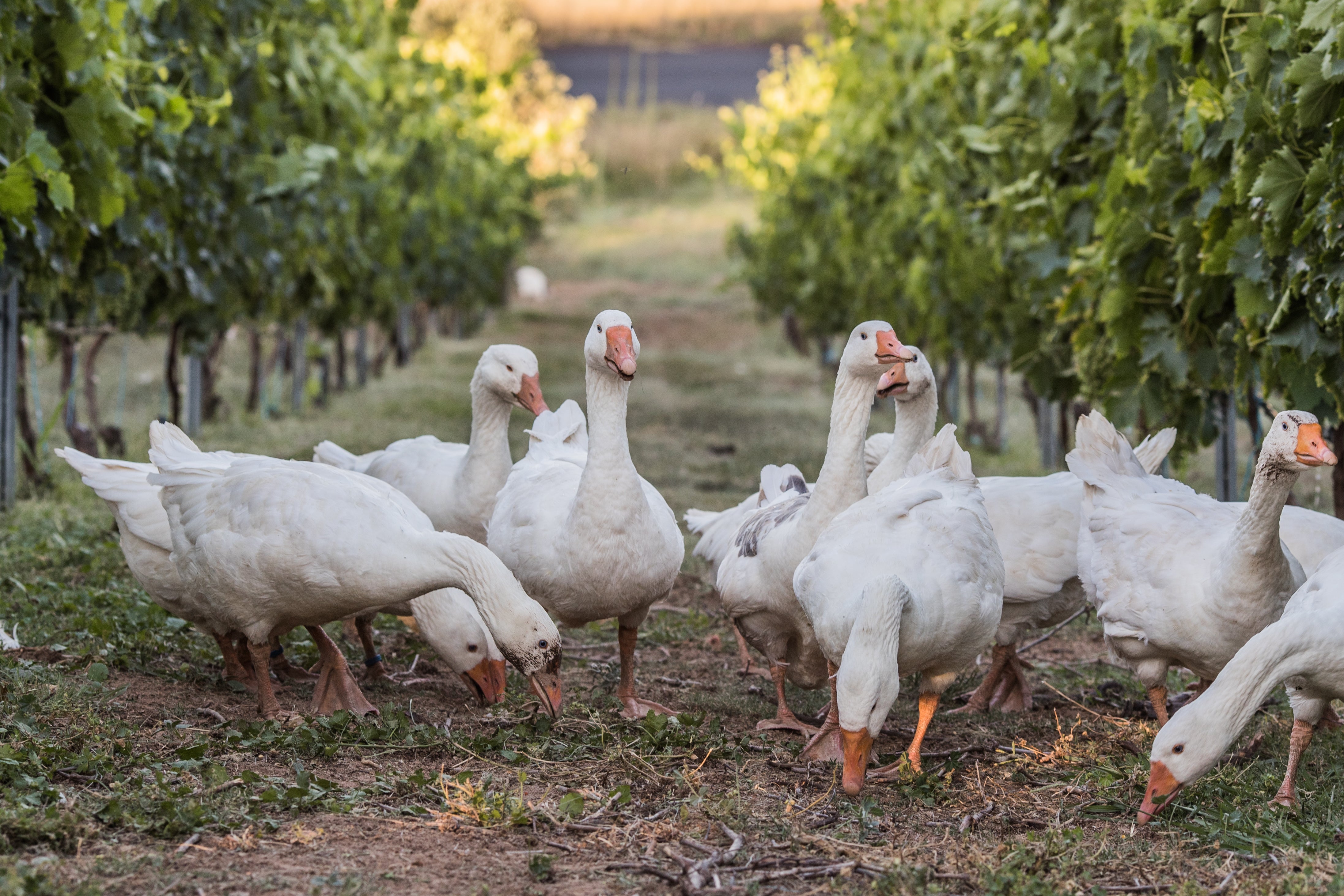Our Story
About us
Alex McKay started Collector Wines in 2005 with just a handful of cool climate shiraz and a determination to make elegant, long-lived wines. That wine - the Marked Tree Red Shiraz 2005 - went on to become NSW Wine of the Year.
Fast forward to today, and we are known for wines that sing with a purity of regional expression and varietal definition. Our grapes come from vineyards dotted around the Canberra District and region, but our cellar door is in the heart of country Collector, just outside Canberra.

Our winemaker
Having grown up in the area, Alex got his first taste of winemaking with Edgar Riek, a pioneer of the Canberra District at Lake George. But it was working as winemaker for Hardys’ flagship winery in the district from 2000 that really developed his intimate knowledge of the region, climate, soils and vineyards.
“I then started Collector Wines at a time when the first really complete expressions of the Canberra District and surrounding terroir had begun to emerge. There was a lot of raw but unrealized potential in the soils and the vineyards, and I was drawn to it,” he says.
Alex is the ultimate collector, carefully working with the best parcels of fruit to craft wines that perfectly express their varietal and place. His vision for the wine begins in the vineyard, as each site requires its own approach. For the vineyards we manage, our practices are oriented towards building up soil carbon, water-holding capacity and vineyard biodiversity. Alex also works closely with select growers in the region and beyond. In the winery, attention to detail and discipline ensure a consistent focus on quality.
Of Alex, James Halliday has said, “He is not known to speak much… so you have to remain alert to appreciate his unparalleled sense of humour. No such attention is needed for his wines, which are consistently excellent, their elegance appropriate for their maker.”

Our wines
Consistently recognised at regional and national wine shows, our wines showcase the Canberra region and fine winemaking. Alongside riesling, chardonnay and shiraz, Alex has focused on emerging varieties that he knows have an exciting future in the region, such as pinot meunier, gruner veltliner, fiano and sangiovese.
A recent profile by Young Gun of Wine highlights how Alex - a YGOW Finalist in 2010 - painstakingly matches variety to site to express both in the glass: "McKay has taken Collector into the elite ranks in one of Australia's most exciting wine regions."
James Halliday calls these "exquisitely detailed wines." Wines that speak deeply of place, these represent the Canberra region in a glass. Huon Hooke simply advises: "Time to add Collector Wines to your collection."
The art of wine
Our wines are named for artwork by Canberra artist Rosalie Gascoigne, whose works convey the beauty of the region's landscape. Alex has long been drawn to these powerful works and the way they had been assembled.
"Rosalie Gascoigne created sculptural assemblies of mixed media and found objects to evoke the poetic Australian landscape," he says. "She was a local person, she used to go and collect stuff from towns around Canberra like Collector, Bungendore, Michelago and Yass. She knew the area very well and her landscapes communicate this. She developed a very sophisticated and poetic language to describe our region. I continued to find real resonance in her work, especially in the days of making wine for Hardys, as I was driving around the region in search of the best grapes and in my own way trying to turn the beauty of the landscape into something people could appreciate.
"Her works are so evocative but never overblown. She once described the Australian environment as ‘all air, all light, all space and all understatement’, and this just speaks to me of the Canberra region and the Collector countryside. Her work made use of old road signs, the old Schweppes boxes that used to be yellow and black, and she used those colours a lot which really reflect the summer landscape – bleached off paddocks in yellows.
"She was a keen observer of nature and the relationship between the various elements of it, and seemed meticulous also about the way the pieces of found objects related to each other. She was conscious of the limitations of the materials, but also the suggestive powers of, for example, protruding nails, subtle variations in colour, or the reflective qualities of highway signs. I find many parallels with winemaking - where the genetic qualities of the grape, and the peculiar nature of each vineyard site and vintage provide the framework, and various elements are blended to achieve a seamless and compelling whole."

